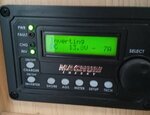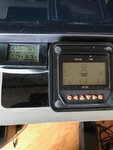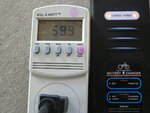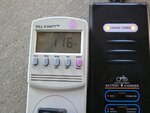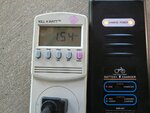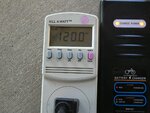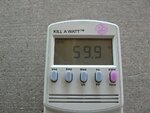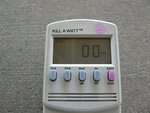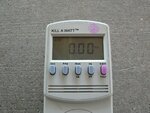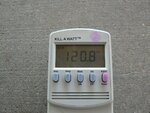Just wondering if anyone has done this for an extended period, i.e., plugging the stock charger into a PSW inverter. I don't doubt that it will charge, but wondering if anyone has experienced reduced performance or failure?
I like to do a bit of off-grid camping in the truck camper and try and avoid firing up the genny. Besides, charging takes hours. I will run my genny for a few minutes for toast in the AM or inflating pneumatics or charging a wet cell battery, but that's about it. No TV while camping for us.
Even into a standard house outlet, the charger gets very warm to the touch.
I like to do a bit of off-grid camping in the truck camper and try and avoid firing up the genny. Besides, charging takes hours. I will run my genny for a few minutes for toast in the AM or inflating pneumatics or charging a wet cell battery, but that's about it. No TV while camping for us.
Even into a standard house outlet, the charger gets very warm to the touch.
